IMPROVE MY GAME
Articles
-
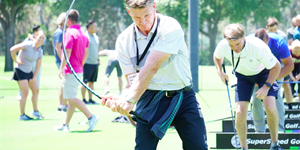
The Safe Way to Train Fast: Determining Your Readiness For Overspeed Training
By Chris Finn
Overspeed training is one of the hottest things in golf today. Some people call it a training aid, others call it power training and yet others say it will get your stronger and improve your balance. So which one is it and how is it supposed to be used?
More
-
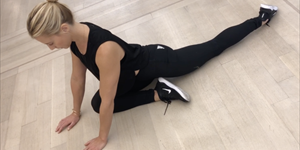
14 Exercises For Generating Impulse and Separation - A Key To Increased Clubhead Velocity
By Dr. Ben Langdown and Jennifer Fleischer
These exercises will create further stability and strength in the legs, hips, glutes and trunk as well as the shoulders -- the key areas of transferring force through the kinetic chain.
More
-

Back to Golf: Important Considerations for Golfers Undergoing Rehab Following Back Surgery
By Dr. Paul Houle and Catherine Hoell
Surgery sets the stage, but rehab and exercise gets you back to feeling and playing well.
More
-
.300x150.png)
The Science Behind a Golf Warm Up
By Ben Langdown
Ben Langdown and Jack Wells studied the effect that a proper warm up had on golf performance. The results were astounding.
More
-

Nutrition: A Golfer's Competitive Edge?
By K.C. Craichy
TPI Advisory Board member KC Craichy discusses the competitive edge that a healthy diet can offer golfers.
More
-
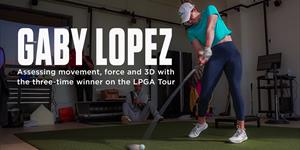
How Gaby Lopez Gained 13 Yards of Average Driving Distance (a Career-Best Season Off-The-Tee)
By TPI
Gaby Lopez currently ranks a career-best 4th in Strokes Gained: Off The Tee on the LPGA after adding 13 yards to her average driving distance. This video details how her TPI assessment laid the groundwork for the improvement.
More
-
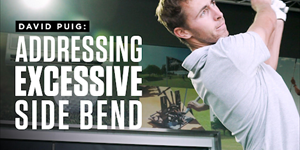
Helping Rising Star David Puig Limit Side Bend to Alleviate Stress on Lower Back
By TPI
At just 22 years old, David Puig is one of the most talented young golfers in the world, but when we met him two years ago, he was already complaining of lower back pain. Though pain is multifactorial, we always want to investigate if mechanics or movement capabilities could be contributing factors. In David’s case, his movement screen matched his 3D data, suggesting that his body may be an underlying driver of inefficient technique.
More
-
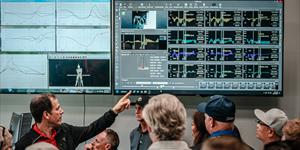
When Vertical Force Peaks Too Late in the Downswing
By TPI
The most powerful, effective ball-strikers in the world tend to apply vertical force earlier in the downswing than most amateurs. If vertical force peaks too late, it's more difficult for the golfer to translate it to the club.
More
-
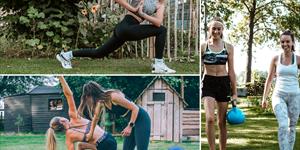
Considerations for LTAD of an Elite, Early Specialized Golfer
By Liesbeth Pauwels
Sharing a few of the lessons learned from working with a future Division 1 golfer.
More
-
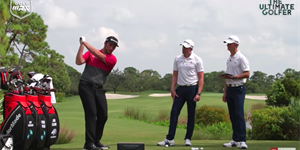
Jon Rahm Breaks Down His Swing with Me and My Golf
By TPI
The young superstar is proof that there's more than one way to get it done.
More
-
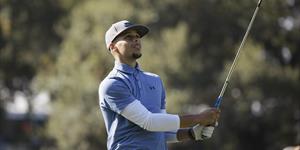
Why Basketball Players Have An Excellent Athletic Background For Golf
By TPI
While Steph Curry might not make the cut at the Ellie Mae Classic, his background in basketball is excellent athletic preparation for golf.
More
-
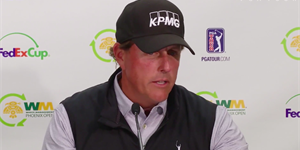
Phil Mickelson Talks Career Longevity, Credits Sean Cochran, Dave Phillips, Dr. Rose and TPI
By TPI
"I give a lot of credit to Sean Cochran and him staying up on new techniques working with Dave Phillips, Greg Rose and the guys at TPI and having our workouts being designed to elongate my career..."
More
-
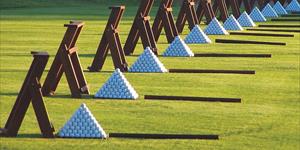
Practice with a Purpose
By Bill O'Neill
How you practice can be just as important as how much you practice.
More
-

Training The Queen Of The Swing
By Lance Gill
Lance Gill offers a sampling of exercises that will help develop your core for golf. Sorry, no crunches.
More
-
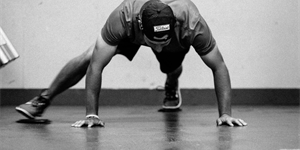
No Gym, No Problem: At-Home Training Ideas from the TPI Community
By TPI
With so many golfers around the world under quarantine, we tried to crowd-source some at-home workouts from health and fitness professionals across our community.
More
-
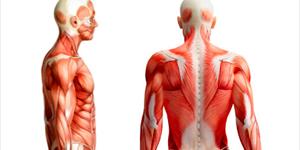
8 Exercises to Improve your Scapula Stability and Shoulder Mobility for Golf
By Dr. Ben Langdown and Jennifer Fleischer
Dr. Ben Langdown and Jennifer Fleischer explore what good upper body posture means for your golf and provide you with exercises to help increase your upper back strength and shoulder mobility.
More
-
.300x150.jpg)
Fighting 'Father Time' with Neil from No Laying Up
By TPI
Our assessment with Neil from No Laying Up revealed one of the most-common Body-Swing Connections we see.
More
-
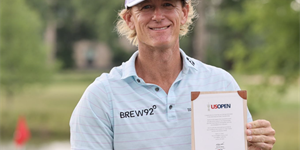
How 43 Year Old Berry Henson Increased His Max Ball Speed By 15 MPH
By TPI
We had the opportunity to work with Berry and his longtime strength coach Anthony Spain a few weeks before US Open qualifying and wanted to highlight some of the improvements they had made over the last several years, most notably how they were able to improve his maximum ball speed by over 15 mph.
More
-

How to Use Your Power 2 Certification to Increase Your Business
By Chris Finn
When you complete the TPI Power 2 Certification course, you join an elite and small number of golf performance professionals who can help golfers in unique ways.
More
-
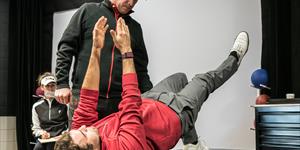
Simple Marketing Tips for TPI Certified Pros
By Chris Finn
With TPI Certification, industry professionals gain the opportunity to help golfers AND make a solid living doing what they love. But I get this question consistently from recently Certified professionals…”How do I get golfers to work with me?"
More